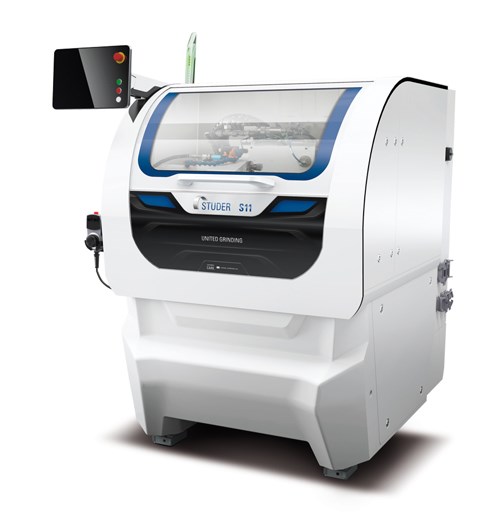Slideshow: Design Catches On
It seems to me that we have reached a tipping point and that the use of ergonomic and attractive machine design has come to stay.

This new machine is just one of the machines I saw at EMO that reflect the new machine tool design trend. SEE THE SLIDESHOW.
It’s been slowly evolving into the world of machine tool manufacturing. I’m talking about the use of industrial design applied to the historically purely functional form of machine tools.
At this year’s edition of EMO, this trend was not only obvious, it was pervasive. It seems to me that we have reached a tipping point and that the use of ergonomic and attractive machine design has come to stay.
I asked several company officials why the move to make a utilitarian device, such as a machine tool, look nice, and the answer was universal; our industry needs to attract a new generation of workers and the work environment needs to reflect the future we want these young people to be a part of. It does make some sense.
Shops have made great headway cleaning up their floors and upgrading their internal technology to reflect participation in a digital world. The workers of the future, and the present, are digital people.
Machine tools are the connection between input and output in precision machined parts and this trend we spotted demonstrates a realization of the fact that tool needs to look and work like they are part of the 21st century. After all, one executive told me, "We need to reconsider the shop floor simply as a place to work and consider it a machinist’s office."
To show what I’m talking about, go to the slideshow illustrating some examples of new machines that were on display at EMO.



